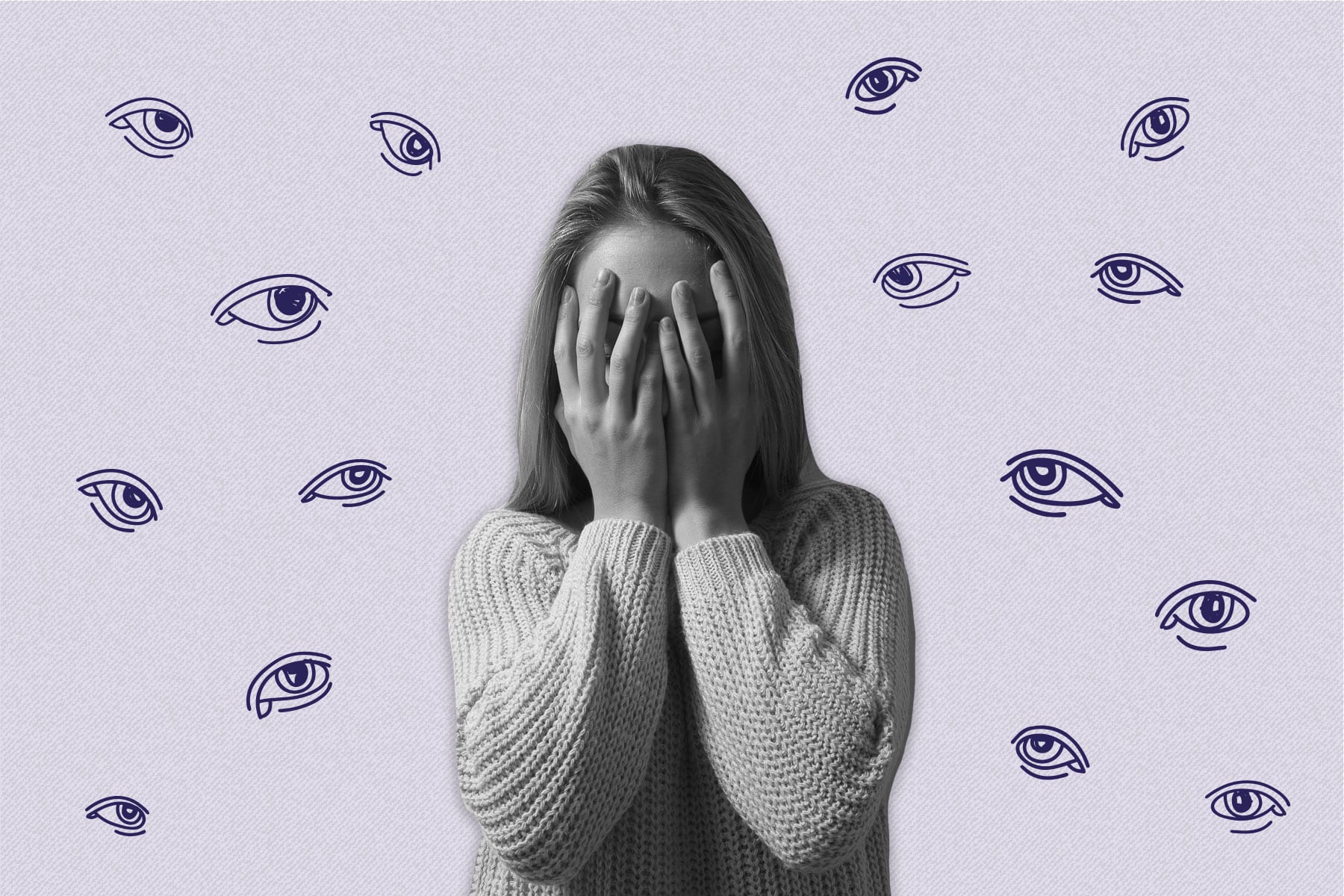
A Brief Background
Music is present in many parts of an individual’s life. People may listen to music to feel emotions, connect with it through dancing, write music as a form of creativity, and more. There are many benefits to music. Another way we are linked to music is through our memories. Have you ever heard a song and felt like you were back to the first time you heard it? Research identifies a connection between music and autobiographical memory.
Autobiographical memories develop during an individual’s life, like puzzle pieces that make up one's story. According to past studies, there is a good relationship between familiar songs and important life memories. Familiar music is more likely to draw memories and emotional responses.
Further Studying Music and Memory
Music can produce memories and emotions. In the past, music, memories, and emotions have been studied using unknown songs. An experiment in 2023 looked at how life memories were affected by familiar music and different emotions.
There were two parts to this study. First there was an online study. It had 139 participants ages 18-29 years. They listened to 22 clips of music. Following were questions about their recognition of the song, whether it seemed happy or sad, and the song’s energy level. The main experiment included 100 participants of the same ages. Both familiar and unfamiliar clips of music were presented. They pressed a button if they recalled an important life memory. They did not press the button if there
was no memory.
The results showed how known songs and emotions drew life memories. Memories were formed quickly when listening to familiar music. Upbeat music pulled good memories while unhappy memories were connected to sadder music.
To Conclude
The study grew research on memories and music. It looked at how familiar music affects memories. Due to the number of participants and music clips tested, the results of this research may not apply to everybody. Future research could include more participants listening to all music clips and examine cross-cultural differences. Music is important for many reasons and almost everyone listens to it. Understanding the link between music and memories can allow individuals to relive past moments and feel the songs. My advice is that you should listen to a song that makes you happy and let any memories flow.


